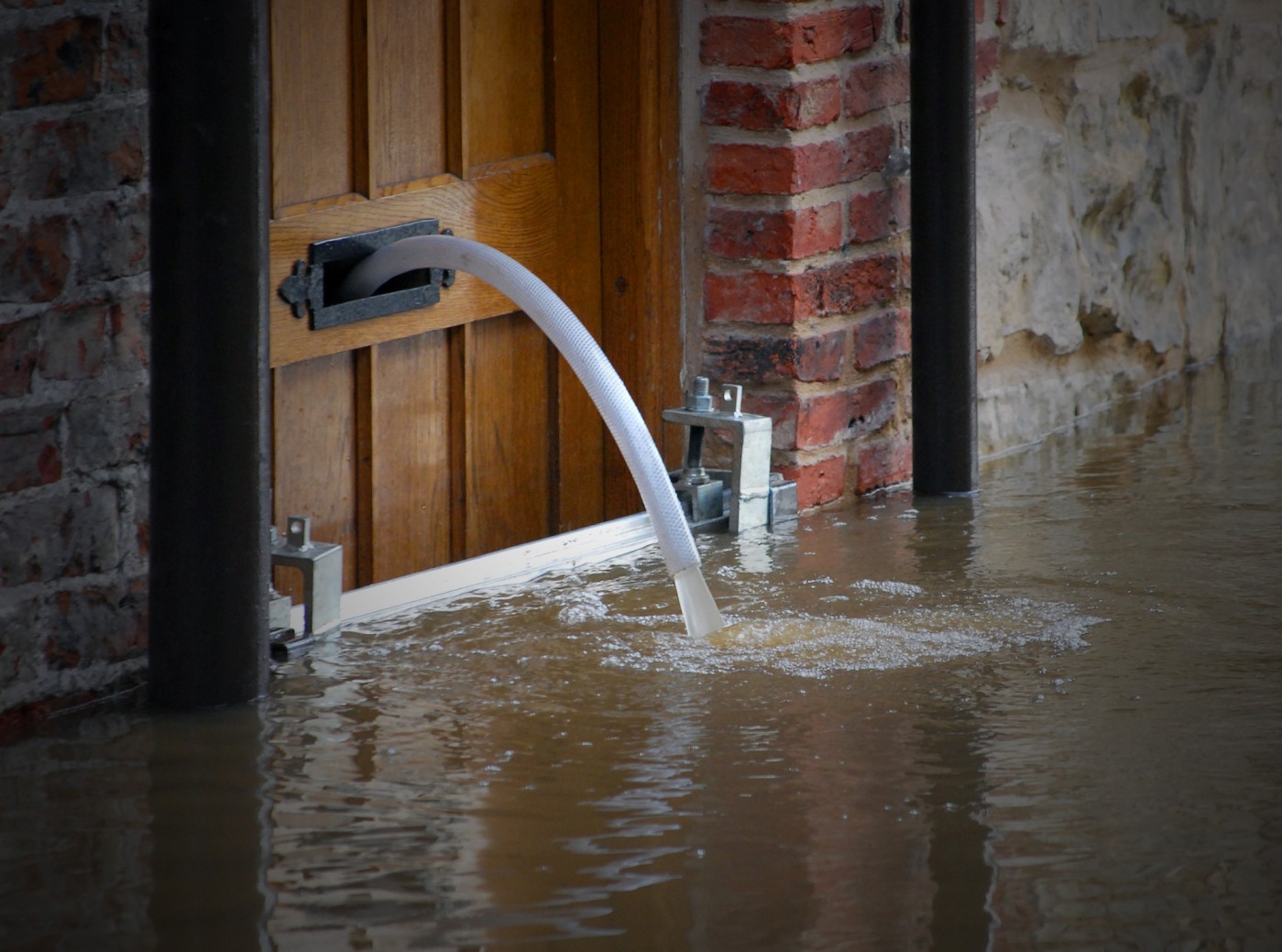Setting up a business is never an easy undertaking, and any entrepreneur or business owner has to accept a long list of responsibilities, taking countless factors and considerations into account in order to give their company the very best chance of success.
Not only do you have to think about budgeting, financing, marketing, branding, and production when setting up a new business; you also need to take into account the many risks and threats that could interfere with your operations or bring them to a halt entirely.
As well as modern-day cybersecurity threats and digital risks, there are also plenty of physical threats, in the form of storms, fires, floods, and other natural disasters, that can do devastating damage to your equipment and interrupt your work.
Risk assessments, investing in prevention, and development of emergency operations plans can help you navigate natural disasters and deal with some of the damage they cause, but it’s also important to be aware of the risks you face in order to know how to respond to them.
Here are 10 of the biggest threats to your equipment and business that natural disasters can cause.
1. Fire Damage
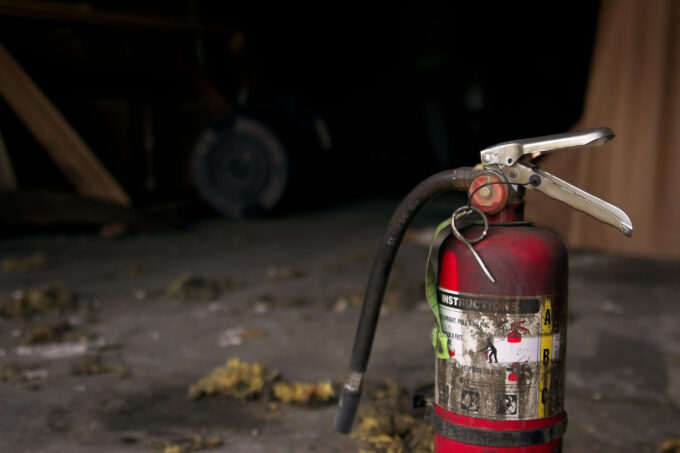
Fire can be one of the most devastating forces for businesses to deal with, wiping out swathes of machinery and entire workspaces in a matter of minutes. Not only that, but the long-term secondary effects can be equally devastating; as AREPA explains, “After a fire loss, the chemicals deposited on equipment can adversely affect electrical, electronic and mechanical equipment. The effects of this contamination, sometimes called Secondary Damage, can vary widely.”
2. Chemical Damage
If your company works with chemicals or toxic materials in any way, natural disasters like storms, fires, and floods, could lead to those chemicals escaping from their safe storage spaces and damaging various items of equipment around your workplaces. Chemical contamination can vary wildly in severity and may pose serious threats to human health as well.
3. Water Damage
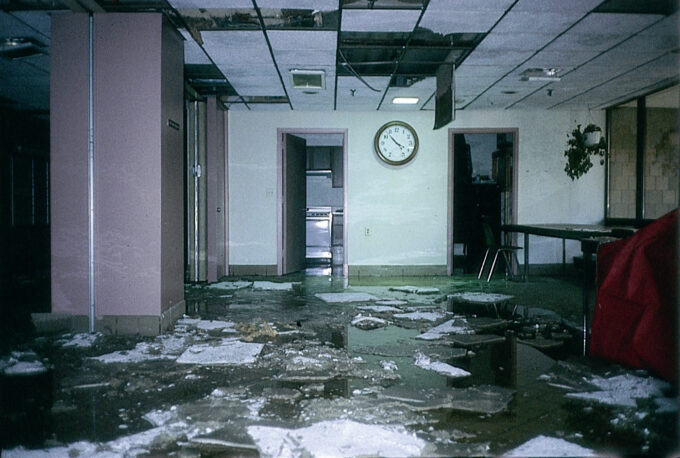
Floods, like fires, can be among the most damaging and devastating of natural disasters, completely destroying many electrical items or leaving them in a state of total disrepair. Rapid responses to water damage are absolutely vital for companies to have any chance of repairing the damage done and restoring at least some of their equipment to working order. You can also take preventative measures in advance if you feel that the threat of floods is high in your area.
4. Debris
As part of storms, floods, and fires, debris can build up over time, posing risks to both workers and workplace equipment. Items of machinery and electrical devices can be damaged by debris in various ways. This is why, when carrying out risk assessments and preparing a plan of action for natural disaster recovery, workplaces need to identify how and where debris might build up if disasters occur, taking action to try and prevent this from happening, whenever and wherever possible.
5. Corrosion
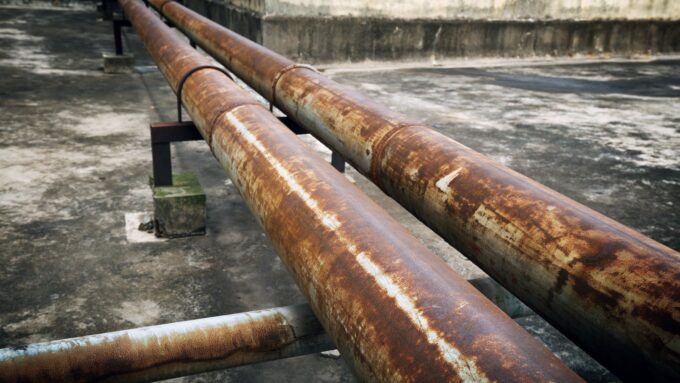
Another form of chemical damage, corrosion can be quite tricky to spot at first, insidiously building up over time and wearing away at your items and equipment until they suddenly become inoperable. Pipes, wires, machines, and other pieces of equipment can all be degraded and damaged over time as corrosion builds up, and it often occurs after floods, leaks, or storms, so any affected equipment needs to be inspected carefully and treated rapidly to minimize the effects.
6. Dust Damage
Dust and powder might not seem as damaging or dangerous on the outside as raging fires or large chunks of debris, but they can be very difficult to deal with, infiltrating equipment and machinery and causing all kinds of problems. Dust can also be very difficult to remove, with specialist tools and services usually needed, so it’s usually best to turn to a professional if you feel that dust or powder has made its way into your equipment.
7. Physical Impacts
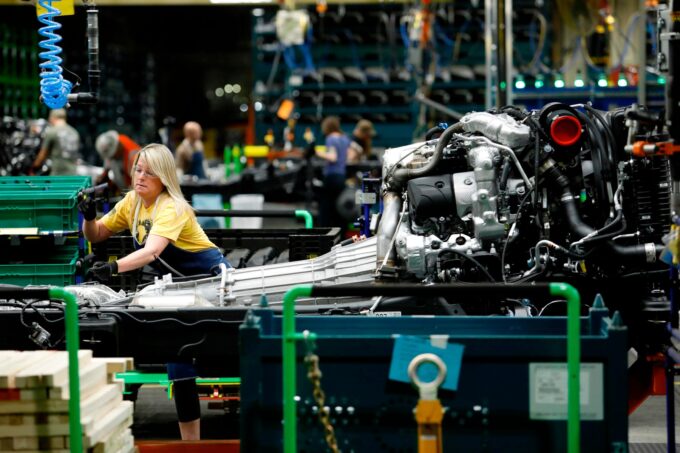
It’s also possible for large items or pieces of debris to fall or be flung into your working equipment and machinery. An example might be a tree falling and crashing into the side of your working building, or part of the roof being damaged in a storm and falling down onto machinery below. The effects of physical impact can be highly significant, sometimes rendering machines and devices completely inoperable and in need of total repair or replacement.
8. Damage to Raw Materials
Natural disasters don’t always affect your working locations directly. They can also harm the very roots of your supply chain, like the raw materials you use in the production of your goods. Storms, floods, and fires can wipe out vast swathes of raw materials overnight, leaving your business in a difficult position as you quickly need to source alternate suppliers and find those same essential materials elsewhere, which can come with new costs and all sorts of additional problems.
9. Interrupted Supply Chains

Following on from the point above, entire supply chains can be interrupted by natural disasters. Storms and floods might damage the materials you use, for instance, or road and rail networks could be destroyed, preventing goods and materials from getting from place to place. Servers and data centers storing your sensitive information could also be damaged, sending your business offline or leading to major loss of data. For this reason, backups and virtual copies of your company files are always recommended.
10. Worker Safety
Arguably the most important threat of them all is the very real risk to worker safety and health that can come along with natural disasters. While machinery can be repaired and equipment can be replaced, people need protecting, which is why looking after workers and making sure everyone knows exactly what do if and when an emergency happens are essential parts of a natural disaster plan.
Final Word
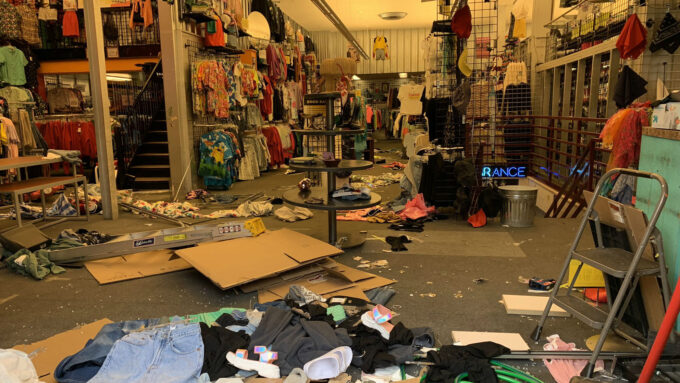
There are a lot of threats out there that could do damage to your business. While you can’t always predict or prevent them, you can take action to minimize their effects by having sound recovery strategies and emergency operations plans in place.

